Kunzite
Kunzite belongs to the spodumene mineral family and is known for its delicate hue, typically ranging from soft pink to violet. Discovered in the early 20th century and named after the famous American mineralogist George Frederick Kunz, kunzite is treasured for its crystal clarity and ability to refract light, particularly in dim settings, making it an attractive choice to be worn at night, earning it the nickname 'the evening stone'. The magnificent kunzite options in The Sapphire Merchant collection have been sourced from Afghanistan.



